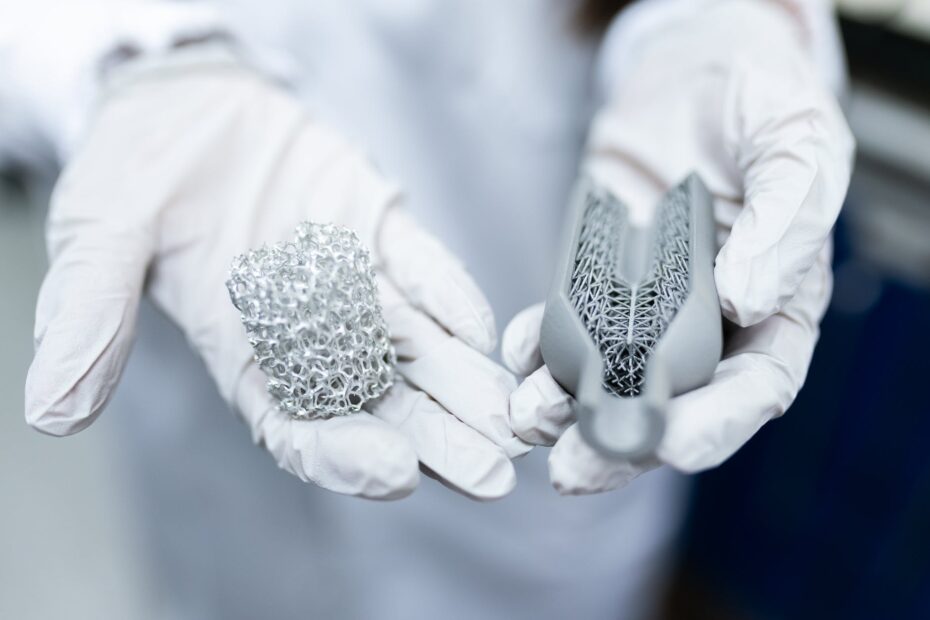Say goodbye to underarm chafing woes with these dermatologist-approved tips! If you’ve ever experienced the discomfort and irritation of underarm chafing, you know how frustrating it can be. But fear not, because we’re here to help you prevent and treat this common problem.
Underarm chafing occurs when the skin in your underarm area rubs against clothing or other surfaces, causing friction and irritation. This can be especially bothersome during physical activities or in hot weather when sweat and moisture increase the likelihood of chafing.
To prevent underarm chafing, it’s important to choose the right clothing and fabrics. Opt for breathable, moisture-wicking materials that reduce friction and keep your underarms dry. You can also apply a thin layer of petroleum jelly or anti-chafing balm to create a barrier between your skin and clothing.
If you’re already experiencing underarm chafing, there are several dermatologist-approved remedies you can try. Over-the-counter creams containing ingredients like zinc oxide or hydrocortisone can help soothe the skin and reduce inflammation. Natural remedies such as aloe vera gel or coconut oil can also provide relief.
Remember, prevention is key when it comes to underarm chafing. By following these expert tips and techniques, you can say goodbye to discomfort and irritation and enjoy a chafe-free underarm area.
Understanding Underarm Chafing
Understanding Underarm Chafing
Underarm chafing is a common problem that many people experience, causing discomfort and irritation. It occurs when the skin in the underarm area rubs against itself or clothing, leading to friction and inflammation. There are several factors that contribute to underarm chafing, including:
- Prolonged physical activity: Engaging in activities that involve repetitive arm movements, such as running or weightlifting, can increase the likelihood of underarm chafing.
- Excessive sweating: Sweating can exacerbate chafing by creating a moist environment that promotes friction between the skin and clothing.
- Poorly fitting clothing: Wearing tight or ill-fitting clothes can cause constant rubbing and irritation, leading to underarm chafing.
- Sensitive skin: Individuals with sensitive skin may be more prone to underarm chafing due to increased skin sensitivity and vulnerability to irritation.
To prevent underarm chafing, it is important to keep the underarm area clean and dry. Applying a thin layer of petroleum jelly or anti-chafing balms can provide a protective barrier and reduce friction. Choosing loose-fitting, breathable clothing made from moisture-wicking fabrics can also help prevent chafing. Additionally, taking breaks during physical activity to allow the skin to cool down and dry off can minimize the risk of underarm chafing.
Treating Underarm Chafing
Treating underarm chafing is essential to alleviate discomfort and promote healing. Dermatologists have approved various remedies and treatments that can effectively address this issue. From over-the-counter creams to natural remedies, there are several options available to provide relief.
One of the most common treatments for underarm chafing is the use of creams or ointments specifically designed to soothe and heal irritated skin. These products often contain ingredients like aloe vera, vitamin E, or hydrocortisone, which can help reduce inflammation and provide instant relief.
In addition to creams, there are also natural remedies that can be used to treat underarm chafing. For example, applying a cold compress or ice pack to the affected area can help reduce swelling and soothe the skin. Another natural remedy is to use cornstarch or baby powder to absorb moisture and prevent friction.
It’s important to note that prevention is key when it comes to underarm chafing. Keeping the underarm area clean and dry, wearing loose-fitting clothing, and using antiperspirants or deodorants that are gentle on the skin can help prevent chafing from occurring in the first place.
By exploring these dermatologist-approved remedies and treatments, you can find the best ways to alleviate discomfort and promote healing for underarm chafing. Whether you opt for over-the-counter creams or natural remedies, taking proactive steps to address this issue can greatly improve your comfort and well-being.
Frequently Asked Questions
- What causes underarm chafing?
Underarm chafing is typically caused by friction between the skin and clothing or other surfaces. It can also be aggravated by sweat, heat, and repetitive movements.
- How can I prevent underarm chafing?
To prevent underarm chafing, you can take several measures such as wearing moisture-wicking and breathable fabrics, using antiperspirants or powders to reduce sweat, keeping the underarm area clean and dry, and avoiding tight or rough clothing that can rub against the skin.
- What are some effective remedies for underarm chafing?
There are various remedies for underarm chafing. Applying a soothing ointment or cream containing ingredients like aloe vera or hydrocortisone can help reduce inflammation and promote healing. Natural remedies like coconut oil or shea butter can also provide relief. Additionally, taking breaks from activities that cause friction, using cold compresses, and avoiding further irritation can aid in the healing process.
- When should I seek medical help for underarm chafing?
If the underarm chafing persists or worsens despite home remedies, or if you notice signs of infection such as increased pain, redness, swelling, or discharge, it is advisable to consult a dermatologist for further evaluation and treatment.
- Can underarm chafing be a symptom of an underlying condition?
Underarm chafing is commonly a result of external factors like friction and sweat. However, in some cases, it can be associated with certain skin conditions or allergies. If you have recurring or persistent underarm chafing, it is recommended to seek medical advice to rule out any underlying conditions.


Keith is originally from Truckton, Colorado. The 54-year-old cared for his overweight wife for many years. Keitch is also a freelance editor at antichafing.net and supports the team as a competent advisor. In his spare time Keith enjoys reading books, visiting his homeland and is a passionate product tester for well-known manufacturers.

